Droplets can be designed in a specific shape and pattern, which could be used to control cell growth and movement as well as to make new nanocomponents.
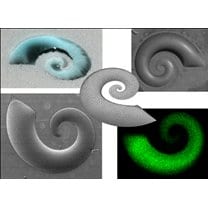

Droplets can be designed in a specific shape and pattern, which could be used to control cell growth and movement as well as to make new nanocomponents.
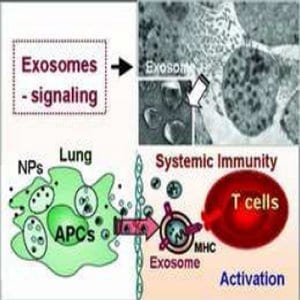
Workers with existing allergic conditions have worse reactions when exposed to nanoparticles, caused by a Trojan horse known as an exosome.
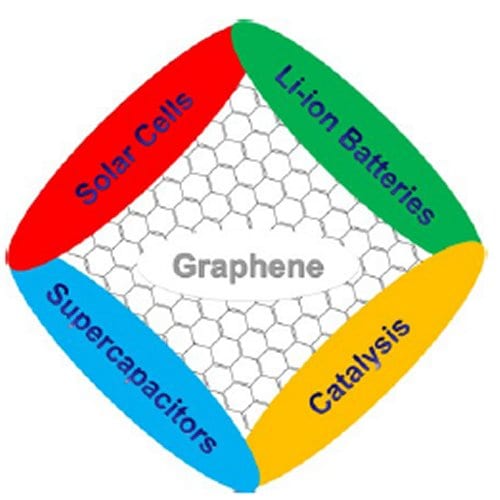
Graphene has the potential to solve many issues in vital energy research.
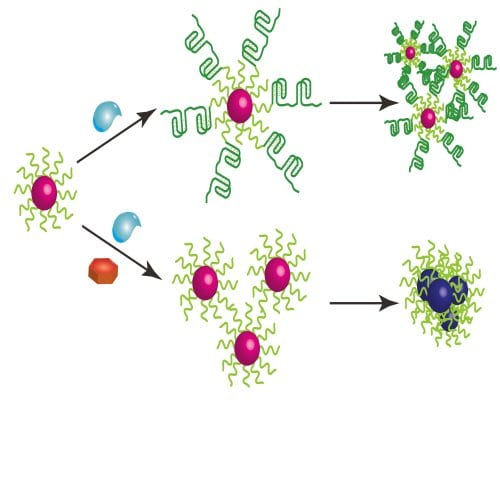
A new protocol combines gold nanoparticles with an enzyme substrate to give a simple test for the activity of an enzyme, the results of which can be seen with the naked eye.
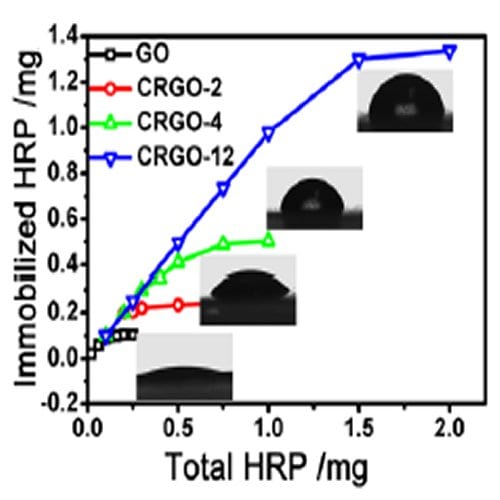
Chemically reduced graphene oxide is a good substrate for high enzyme loads, with activities comparable with those found in solution.
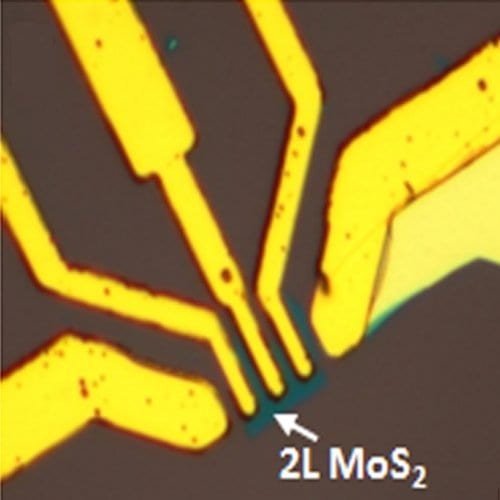
Nitric oxide detectors made of two to four layers of MoS2 incorporated into a field-effect transistor outperform a single-layered device.
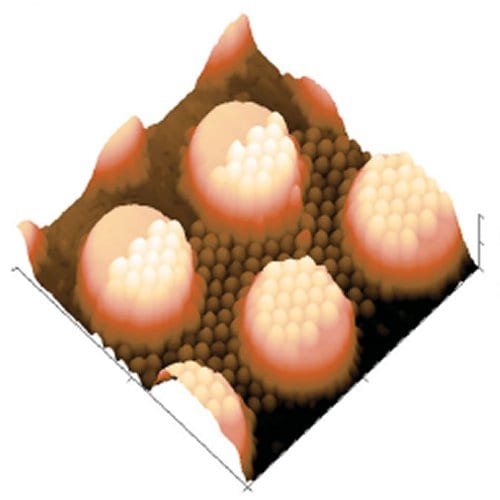
Nanosized features can easily be printed accurately onto an already patterned surface, using a new technique called nanoimprinting by melt processing.
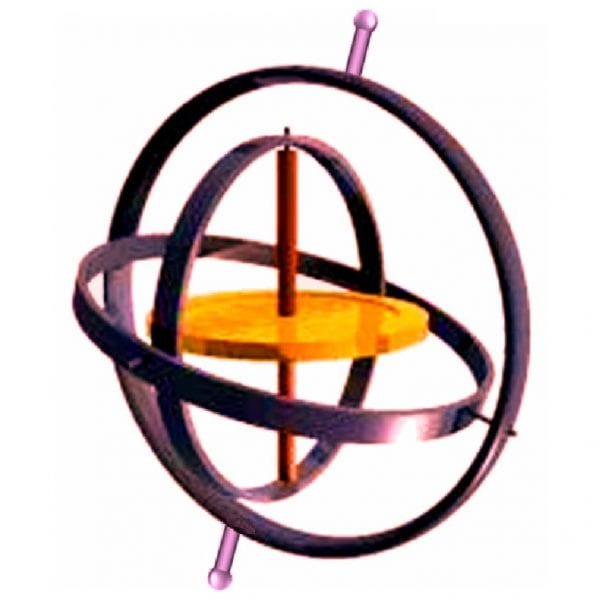
Specialized materials that do not change their volume with alteration of temperature may now be easier to produce, thanks to work into the mechanism of such behavior in antiperovskite manganese nitrides.
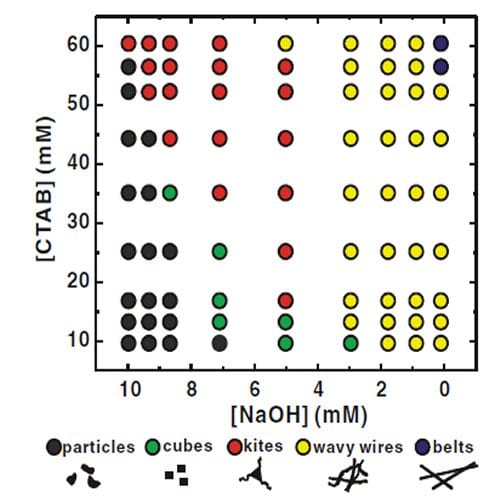
Making exactly the noble metal nanostructure you want is now much simpler, thanks to a microfluidic array developed by US and Chinese researchers.
How do you stick a label on something as small as a cell? Cell-labeling techniques are explained, and the use of polymer-coated nanoparticles as environment-sensitive cell labels is demonstrated by scientists in Germany and Australia.